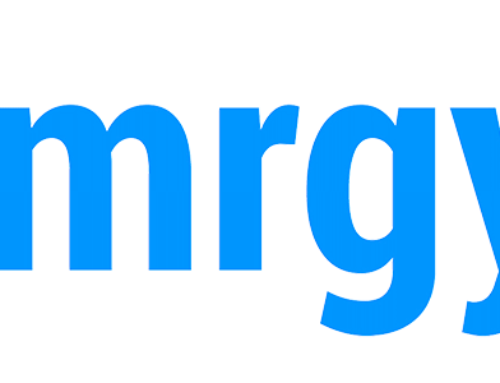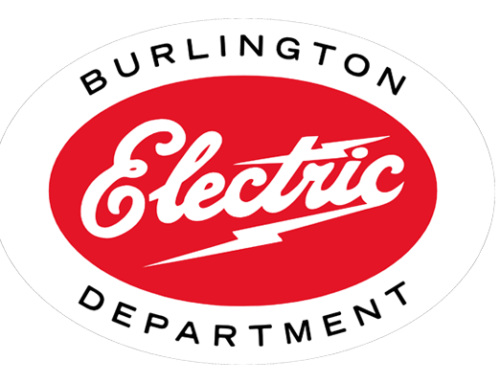This project conducted modeling and simulation to design resilient and cost-effective networked microgrids on the distribution system focusing on Puerto Rico distribution feeder locations that have been difficult-to-restore after Hurricane Maria. This project accomplished the following objectives:
- Selected 10 distribution feeder models. The sample feeders are geographically distributed across Puerto Rico and they vary in length compared to other feeders on the island.
- Determined the optimal location and sizing of distributed energy resources (DERs) on the identified distribution feeders. The system solution combined: solar photovoltaic (PV), battery energy storage systems (BESS) and distributed generation (DG).
- Estimated the cost-benefit of the proposed DER portfolios.
- Provided a set of final recommendations that informs decision making on how to do targeted planning analysis for microgrids that can supply energy to rural critical infrastructure
The project team (that included representatives from Sandia National Laboratories and ProsumerGrid) identified a set of ten representative feeders that 1) include areas that took the longest to restore, 2) have critical infrastructure that include hospitals, clinics, shelters, and 3) have relatively good geographic distribution in the island. The resilient energy supply of critical infrastructures such as hospitals, clinics, shelters is of utmost importance during major weather or catastrophic events.
The objective of the study was to determine the optimal (least cost, reliable and resilient) portfolio combination of distributed energy resources (DERs): solar photovoltaic (PV), energy storage, and distributed generation that can meet the Critical Demand in an specific feeder location while minimizing the total costs (investment and operational). Because the optimal portfolio of DERs depends on the expected load to be served, the economics of DER costs, electric utility price, among others, a set of assumptions was developed for the baseline case and a set of corresponding sensitivities related to CO2 costs, electric utility price, DER costs was developed.
Among the general strategic goals, the following are included:
- Resiliency: to develop a local energy supply portfolio that can supply electricity during extreme conditions, including weather and natural disasters and that can deliver electricity with the right quantity at the right time to supply critical loads.
- Economics: to develop a local energy supply portfolio that is cost effective in terms of capital and operational expenses.
- Sustainability: to develop a local energy supply portfolio that considers renewables and emissions







